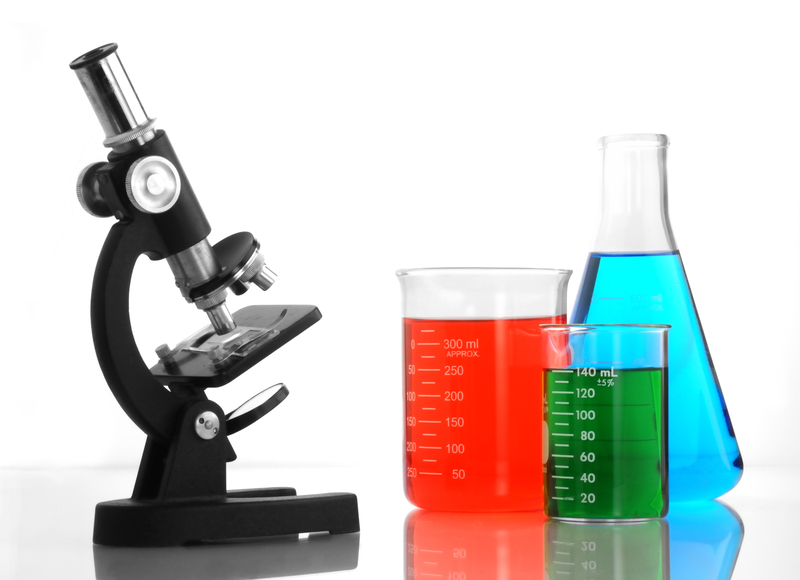This past Tuesday, September 27th, the Google Science Fair announced its winners. This international competition is for young inventors aged 13 to 18. The idea is to promote, fund, and inspire budding scientists from around the world. And judging by the winners, it was a complete success. In many cases, the entrants produced ideas and inventions that are more than just interesting — they could become devices and methods to improve the lives of many on the planet.
Fighting drought with orange peels and leaves
That's certainly the case with 16 year-old Grand Prize Winner, Kiara Nirghin. Kiara comes from Johannesburg, South Africa. Her country has recently been hit by its worst drought (lack of rain) in 20 years. Farmers need ways to conserve and get the most out of what little water they do have. So Kiara came up with an idea to make soil more absorbent that also avoids using artificial chemicals. Her research managed to create a solution out of discarded orange peels (and a little bit of avocado). The product is cheap and biodegradable. And her exhaustive research (she ran numerous tests to prove it) shows that it can really work.
Kiara's research may have won her the main prize (which is $50,000 in scholarships provided by Google), but she was far from the only winner. Mphatso Simbao is an 18 year-old from Zambia who won the National Geographic Explorer Award. He was also inspired by drought (Zambia is another Southern African country dealing with a lack of water). His invention would allow farmers to use charcoal and plant leaves to make their own fertilizers and pesticides (these products can be quite expensive for farmers to purchase).
Helping healing
Then there's Anushka Niaknaware, who is only 13. She's from Portland, Oregon and her invention is a sensor that allows doctors to read the moisture levels (or wetness) of a wound under its dressing (or bandages). How is this helpful? More severe wounds can take a very long time to heal. And they need moisture to heal properly. Research shows that the more times a dressing is removed and changed, the slower the healing takes. But doctors need to remove the dressing to see how the wound is doing. Anushka's sensor helps them only remove the bandages when it's necessary, so healing can move more quickly.
In all, eight different prizes were awarded (as well as 11 Global Finalists). All of their ideas are amazing. If you want, check them out here. You can also read about how each idea works and the research that went into it. As well as how to submit your own experiment. Who knows, maybe you'll be inspired to enter yourself in the 2017 Google Science Fair. Good luck!
 (© Jim Hughes | Dreamstime.com)
(© Jim Hughes | Dreamstime.com)









